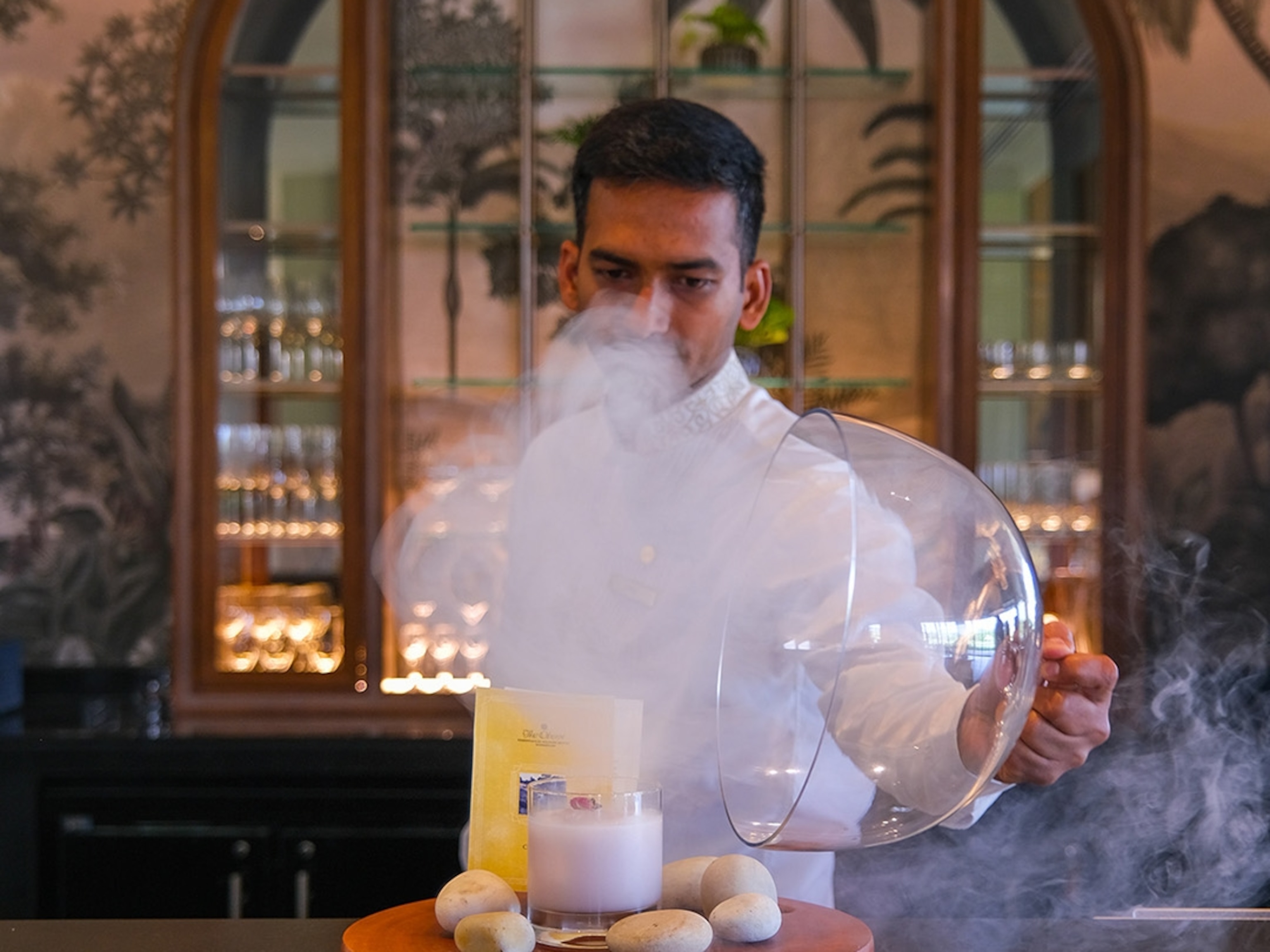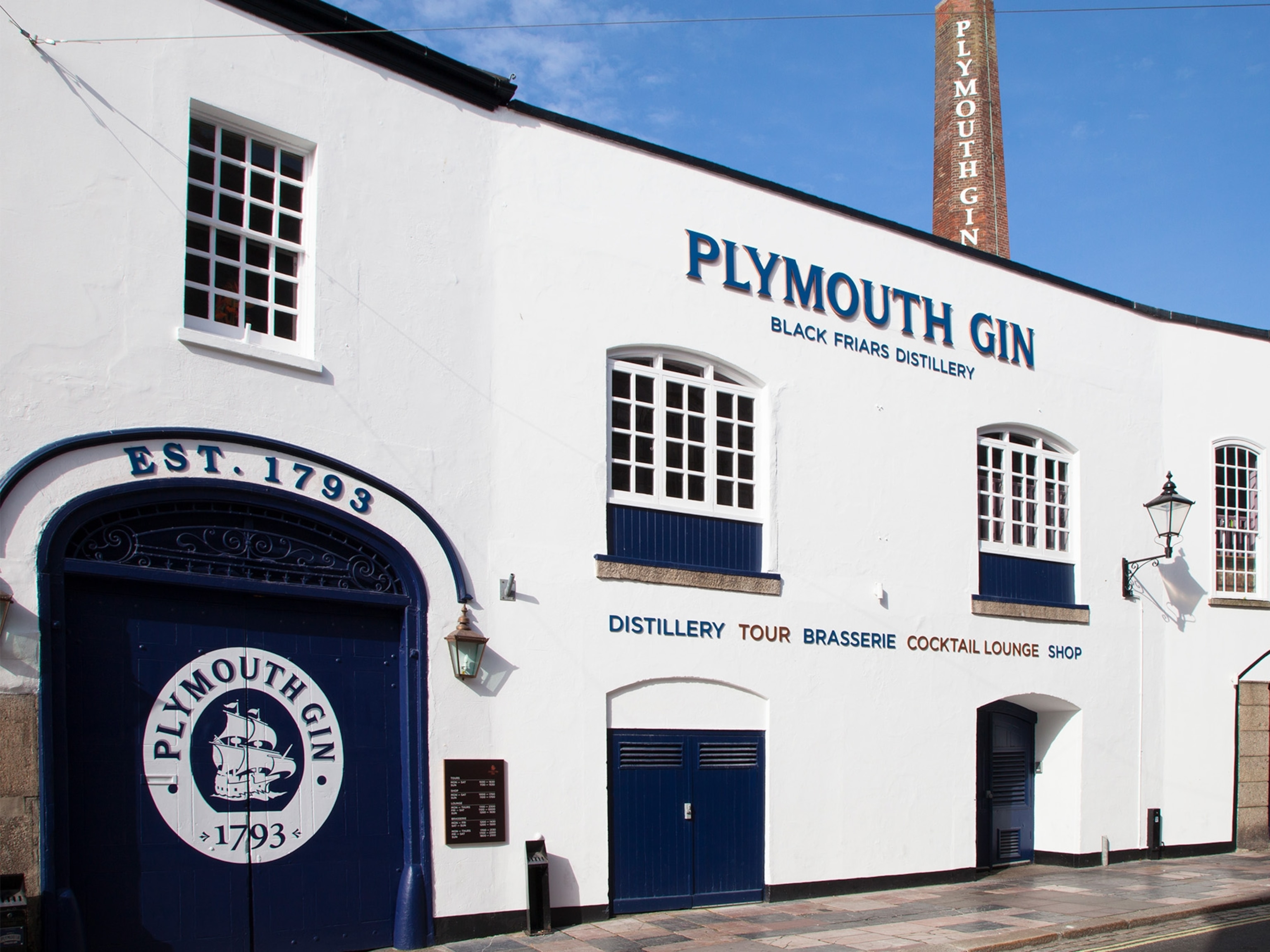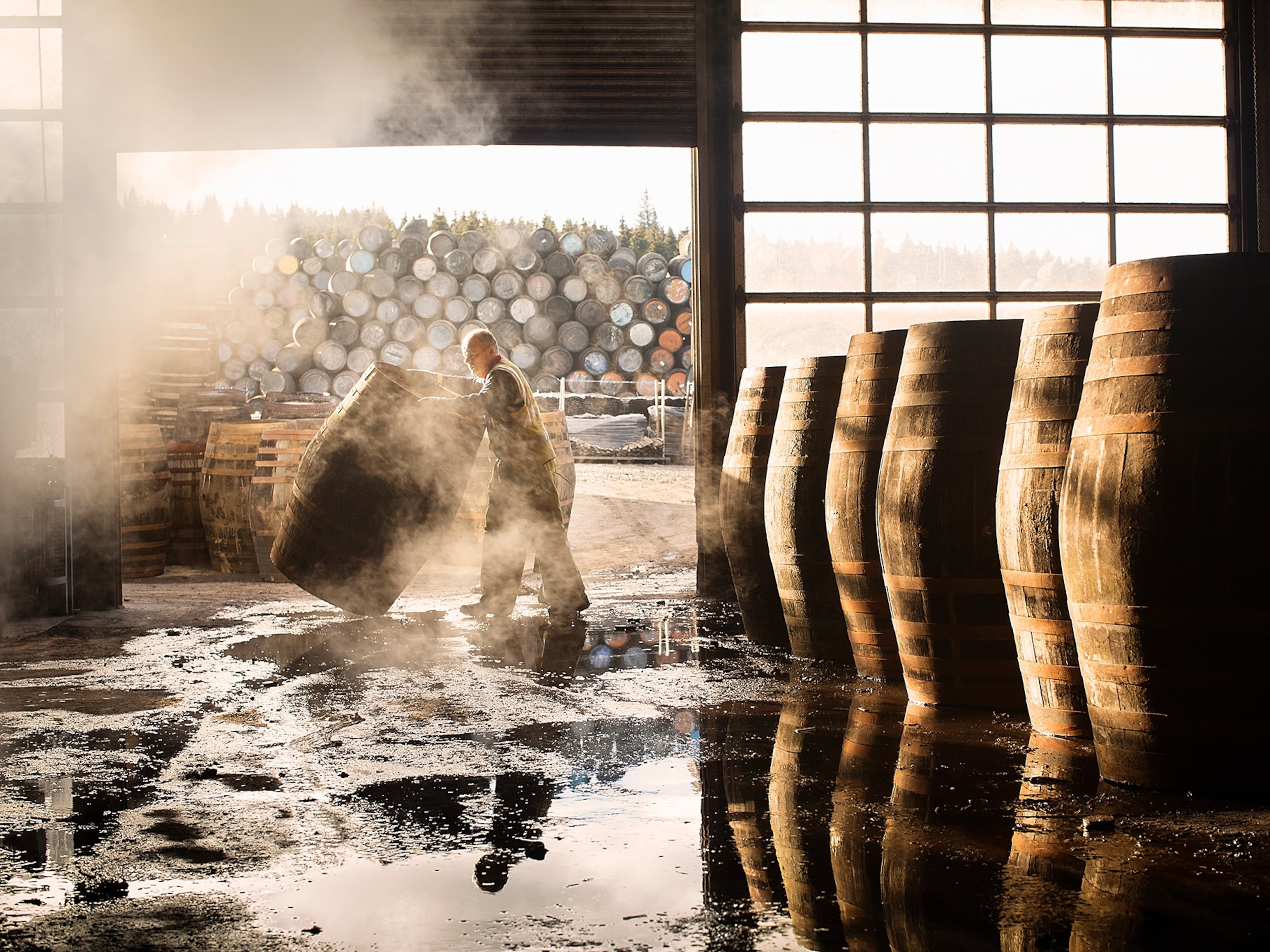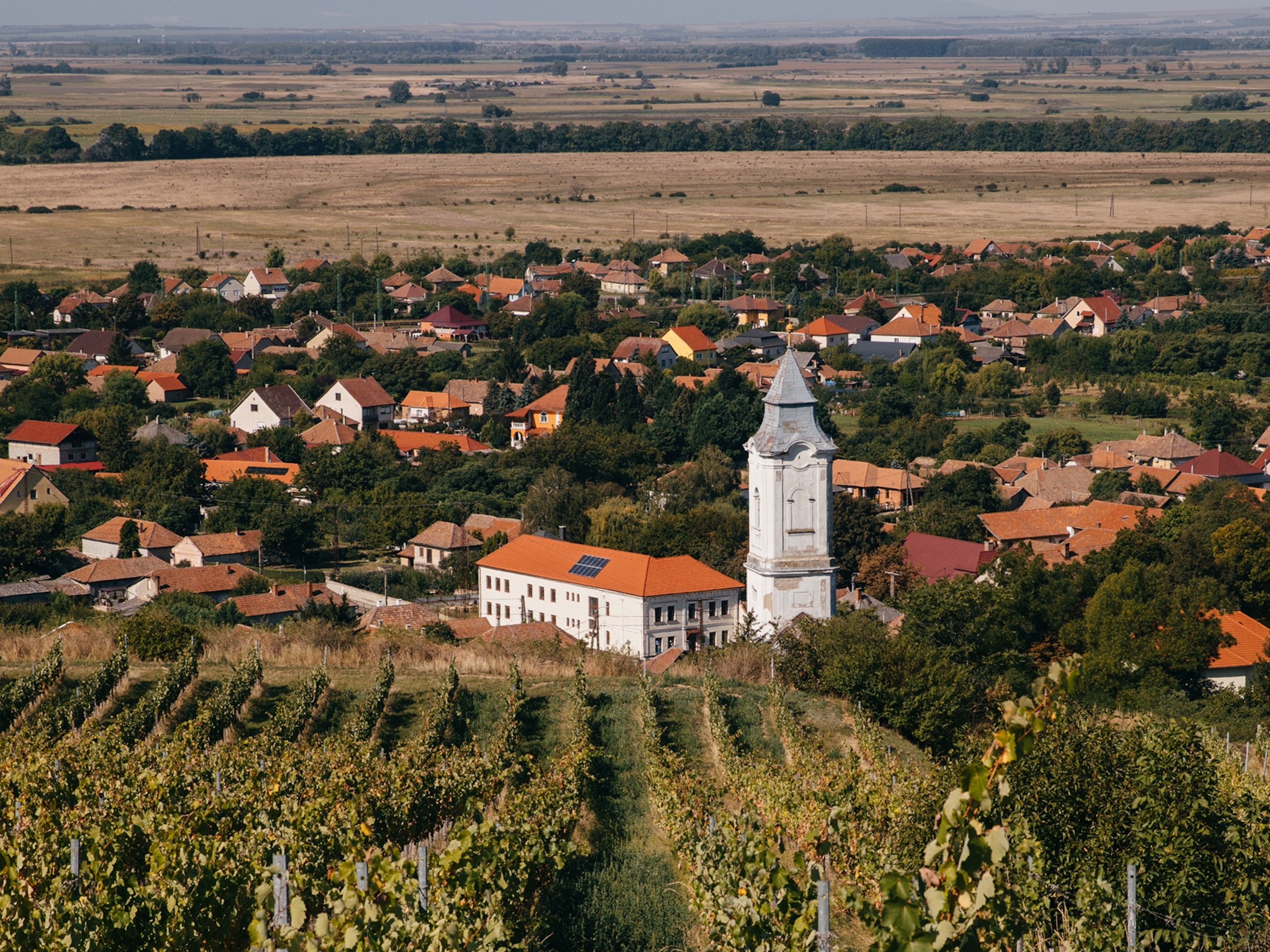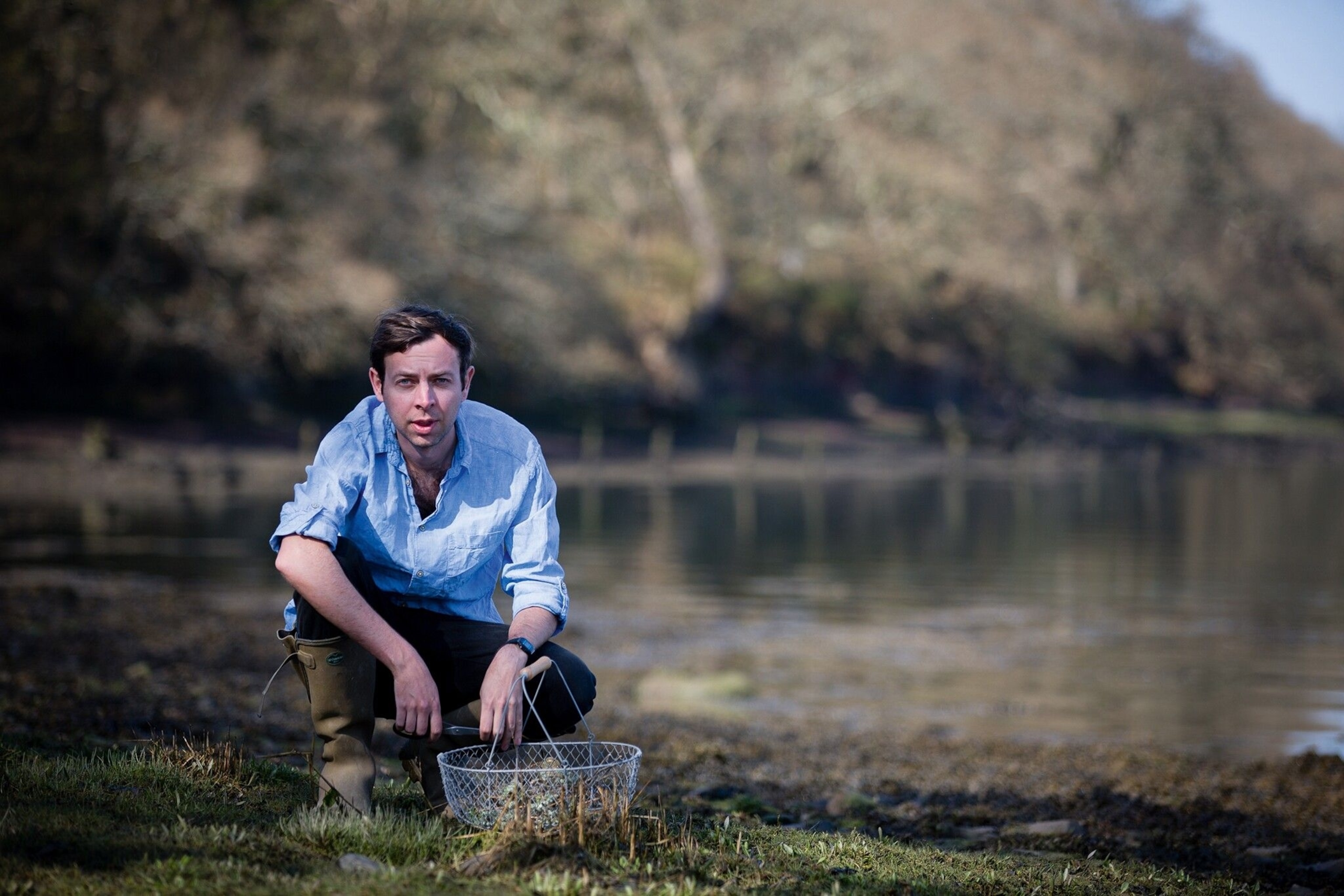
Meet the maker: the foraging-focused distiller making small-batch vermouth
Meet a pioneering distiller crafting small-batch vermouth from wild-foraged ingredients in the British countryside.
Under the glare of the mid-morning sun, James Harrison-Allen walks a narrow path along the Daugleddau estuary, part of the Pembrokeshire Coast National Park. He’s chewing on a tiny purple flower he plucked from a nearby hedgerow. “Mugwort,” he mutters, picking a few more and dropping them into a wicker basket.
Unlike the thousands of people who hike the Pembrokeshire coastline each year, James isn’t here for the views. He’s here to forage the hundreds of edible, salt-loving botanicals that grow along the tidal mouths of the Cleddau, Carew and Cresswell Rivers.
Nor is this just a hobby. James moved to Pembrokeshire two years ago, leaving a career as a researcher in the House of Commons to launch Still Wild, a micro-distillery producing vermouth from wild, foraged, natural botanicals.
“I’ve always been interested in spirits and liqueurs,” he says. “I started thinking about the way we no longer use bitter local herbs in food and drinks. But it’s those rich, bitter, almost-forgotten flavours that are perfect for vermouth.”
Historically, foraged herbs and botanicals were popular bittering agents, with dandelion, marigold, burdock root and ground ivy used to make beer until the introduction of hops in the 14th century. Vermouth was created in the mid 18th century, as an infusion of herbs, spices and botanicals in wine. These days, it’s a popular cocktail ingredient, but, as James says, “it’s such a complex drink with so many variations that people are really thinking about it now and hopefully starting to understand it more”.
At Still Wild, James has worked to create a distinct vermouth flavour using the elderberries, sloes, rosehips and sweet woodruff that grow on Pembrokeshire’s coastlines and estuaries, on its hilltops and within its woodlands. It’s this rich landscape that beckoned James to leave his old life and transform a dilapidated cow shed in Kilgetty into a hypermodern distillery.
“There’s very little pollution in Pembrokeshire. Here, we’ve got all these different habitats with different plants. I realised I could get 90% of the botanicals I wanted, all in one place.”
Three Welsh spirits to try
1. Barti rum
Barti is a spiced rum with notes of orange, vanilla and cloves from The Pembrokeshire Beach Food Company.
2. Five vodka
Penderyn Distillery’s vodka is a peppery, nutty, herby treat, made with distilled water from the Brecon Beacons.
3. Hibernation gin
This gin from Dyfi Distillery is aged in a rare, 100-year-old white port cask and has a round, rich flavour.
Published in the Wales guide 2021, distributed with National Geographic Traveller (UK)
Follow us on social media
